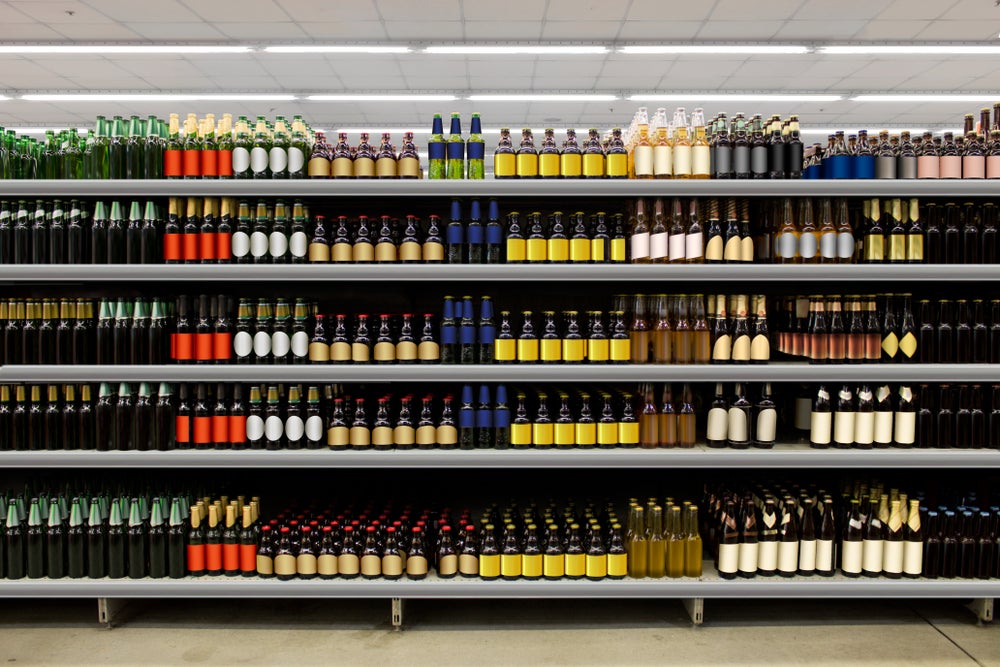Industrial equipment supplier Videojet Technologies has advised brewers on packaging and labelling solutions to improve their operational efficiency.
As projections for growth continue for the beer industry, brewers rely on both their brewing equipment and their coding and labelling solutions to help meet supply chain requirements and consumer demand.
Incorrect and unreadable product information on packaging can cause costly downtime, recalls and fines, while disrupting both packaging lines and the entire supply chain.
Regulations require beer labels to display critical information such as alcohol content, allergens and warnings, which are often pre-printed on labels and cans. But variable data such as batch numbers, expiration dates, serial numbers, bar codes and QR codes is often added to beverage containers on filling and packaging lines. This helps to meet retailer and consumer demands and enables product tracking and traceability.
Ensuring clear, accurate and compliant codes and labels can be challenging, especially when printing at the high line speeds of the beverage industry. Glass bottles, aluminum cans, kegs, cartons and cases can all be printed or marked on during production.
Selecting the ideal printing and labelling solution is critical for manufacturers. Videojet recommends three key technologies to consider for printing and marking on beer products and packaging:
- Continuous inkjet technology - frequently used for single and double-line codes such as expiration dates, lot and batch numbers and other production data for any type of packaging.
- Laser marking generates permanent, high-quality codes with minimal supplies. Lasers mark clear alphanumeric text, bar codes and logos on cans, bottles, cartons and cases.
- Print and apply labellers which adhere labels printed with high-resolution text, bar codes and logos onto cases, pallets and stretch wrap.
Videojet senior director Heidi Wright commented: “Modern printing, coding and labelling equipment meets the beer industry's specific needs for code content, resolution, contrast and adhesion, while seamlessly integrating with existing lines for smooth and efficient operation.”









